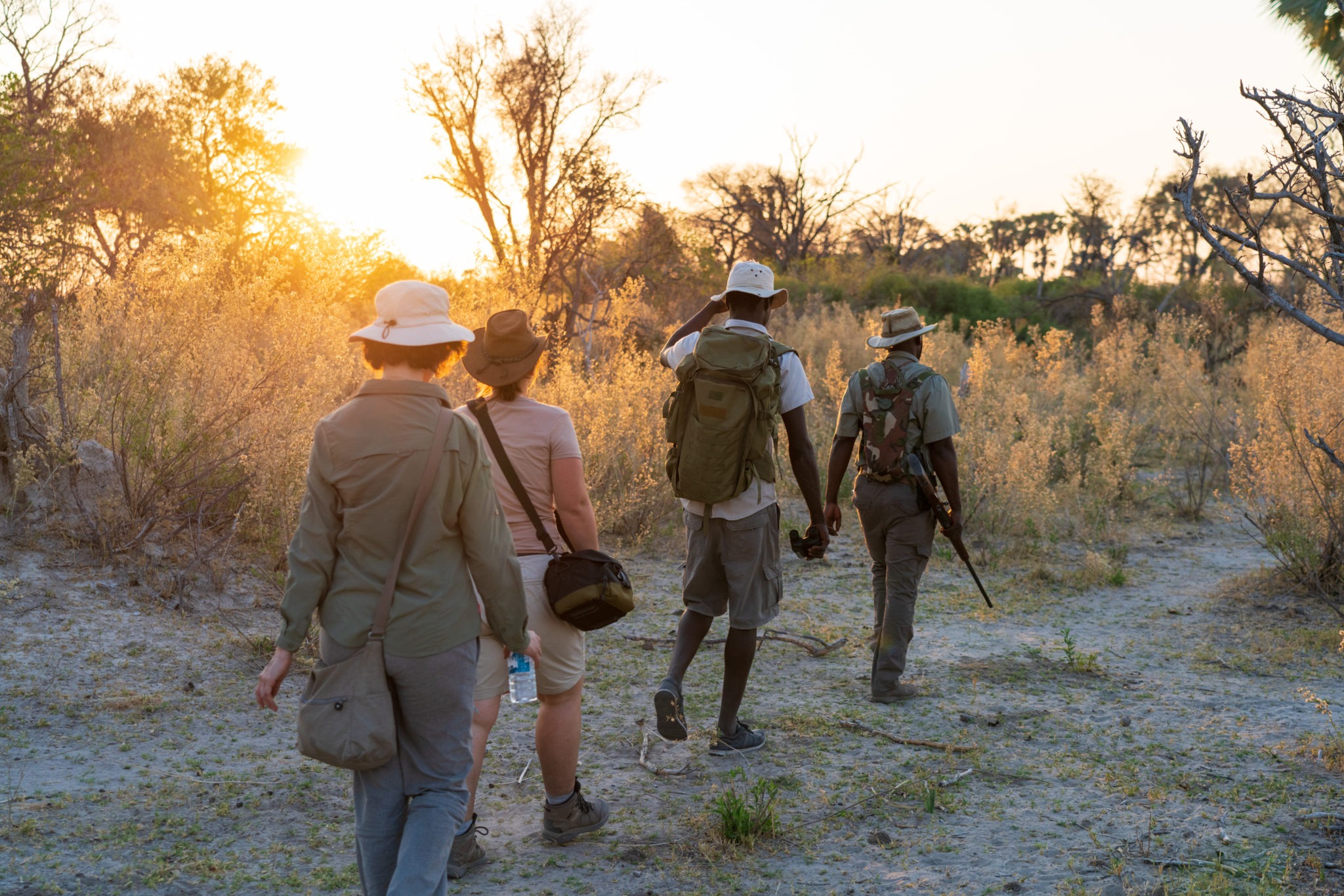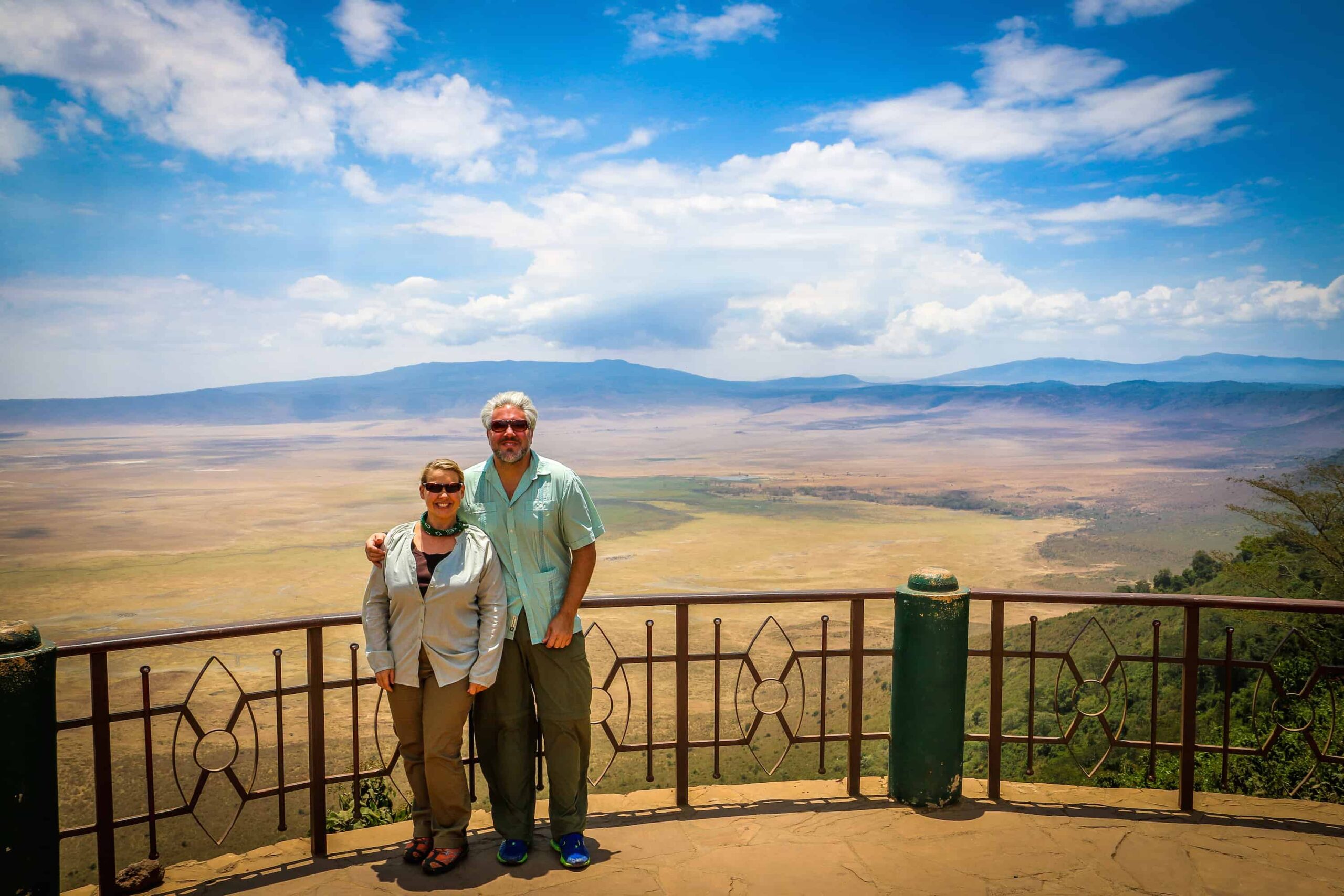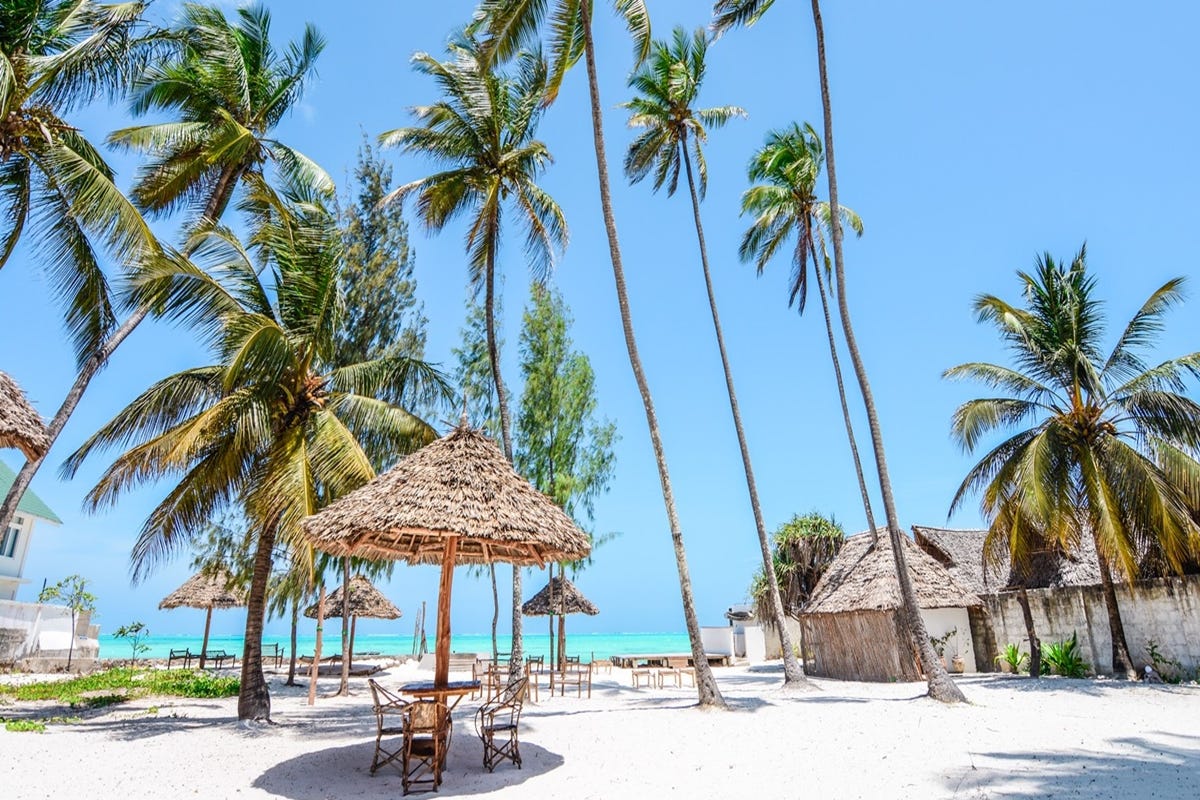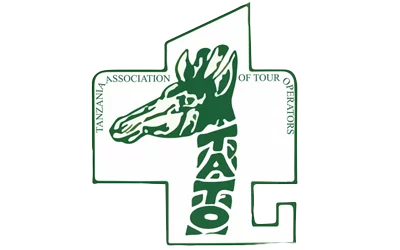Mount Kilimanjaro, Africa’s tallest peak, is a unique mountain that spans multiple climate zones, offering trekkers an unparalleled journey through diverse ecosystems. In this article, we explore the fascinating mount Kilimanjaro’s climate zones, from lush rainforests to arctic glaciers, and how they shape the experience of ascending this iconic mountain.
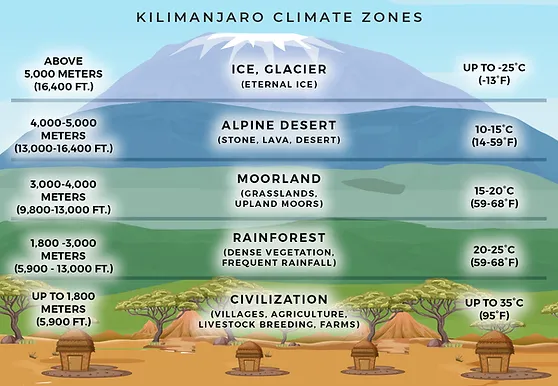
Kilimanjaro’s Climate Zones:
Climbing Mount Kilimanjaro is like traveling through several different worlds, each with its unique weather, flora, and fauna. Here are the main climate zones you’ll encounter on your Kilimanjaro trek:
-
Cultivated Zone (Base):
- Elevation: 2,600 – 6,000 feet (800 – 1,800 meters)
- Climate: Warm and humid
- Vegetation: Cultivated farmland, coffee and banana plantations
-
Rainforest Zone:
- Elevation: 6,000 – 9,000 feet (1,800 – 2,700 meters)
- Climate: Warm and wet
- Vegetation: Lush rainforest with towering trees, ferns, and abundant wildlife
-
Heath and Moorland Zone:
- Elevation: 9,000 – 13,000 feet (2,700 – 4,000 meters)
- Climate: Cooler and drier
- Vegetation: Low shrubs, heather, and grasslands
-
Alpine Desert Zone:
- Elevation: 13,000 – 16,500 feet (4,000 – 5,000 meters)
- Climate: Cold and arid
- Vegetation: Sparse, hardy plants, volcanic rock formations
-
Arctic Glaciers (Summit):
- Elevation: 16,500+ feet (5,000+ meters)
- Climate: Extremely cold and dry
- Vegetation: Barren landscape with glaciers and ice fields
Climate Impacts on Climbers:
The dramatic change in climate zones as you ascend Kilimanjaro is a key factor in the challenge of the climb. Each zone presents unique weather conditions and temperature ranges, influencing what you need to pack and how you should prepare. Here’s a brief overview:
- Rainforest Zone: Prepare for high humidity and rainfall. Lightweight, moisture-wicking clothing and rain gear are essential.
- Heath and Moorland Zone: Nights can be cold, so layering is crucial. Bring warm clothing, including a down jacket.
- Alpine Desert Zone: Temperatures drop significantly. Insulating layers and windproof outerwear are necessary.
- Arctic Zone (Summit): Extreme cold prevails. Multiple insulating layers, a down jacket, and cold-weather gear like thermal gloves and balaclavas are vital.
Preparation and Planning:
Understanding mount Kilimanjaro’s climate zones is essential for proper gear selection and acclimatization. Be sure to research your chosen route, consult with experienced guides, and follow their advice to ensure a safe and enjoyable trek. With the right preparation, you can fully embrace the breathtaking diversity of ecosystems on Mount Kilimanjaro as you journey from rainforest to arctic conditions, making your climb a truly unforgettable experience. Read our Kilimanjaro packing list and Kilimanjaro FAQs.

